We like to imagine Earth as stable, predictable, and firmly under our control. But zoom out into the cosmos, and our planet looks less like a fortress and more like a fragile speck of dust hurtling through a universe that doesn’t care if we exist. Space is vast, violent, and full of forces so powerful they could erase us without a flicker of warning. From rogue stars and black holes to invisible bursts of radiation, the threats are out there—quietly lurking, indifferent to whether humanity has time to prepare.
1. Gamma-Ray Bursts
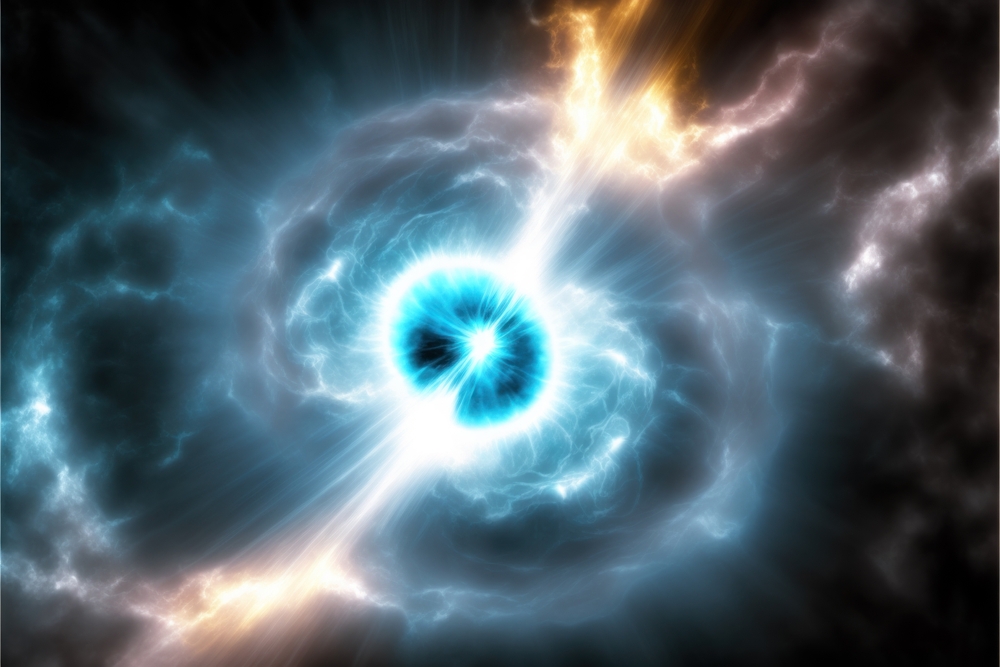
Imagine the universe flipping a cosmic switch and suddenly, boom—gamma-ray bursts. These are the most energetic explosions known, releasing more energy in a few seconds than the sun will in its entire lifetime. If one were to target Earth, it could strip away the ozone layer, leaving us exposed to harmful solar radiation. According to a study from NASA, the chances are slim, but certainly not zero. As you moisturize and SPF up, remember that your skincare routine is more crucial than you think—at least until the universe intervenes.
Gamma-ray bursts typically originate from distant galaxies, so the likelihood of one affecting Earth directly is quite low. However, the vastness of space isn’t always reassuring when considering cosmic events. Scientists are continuously monitoring the skies, providing an essential layer of vigilance against these distant threats. While it’s nice to know someone’s watching, the unpredictable nature of these bursts keeps them on our cosmic watch list. After all, it’s better to be prepared than caught unawares by a galactic surprise.
2. Supernova Explosions
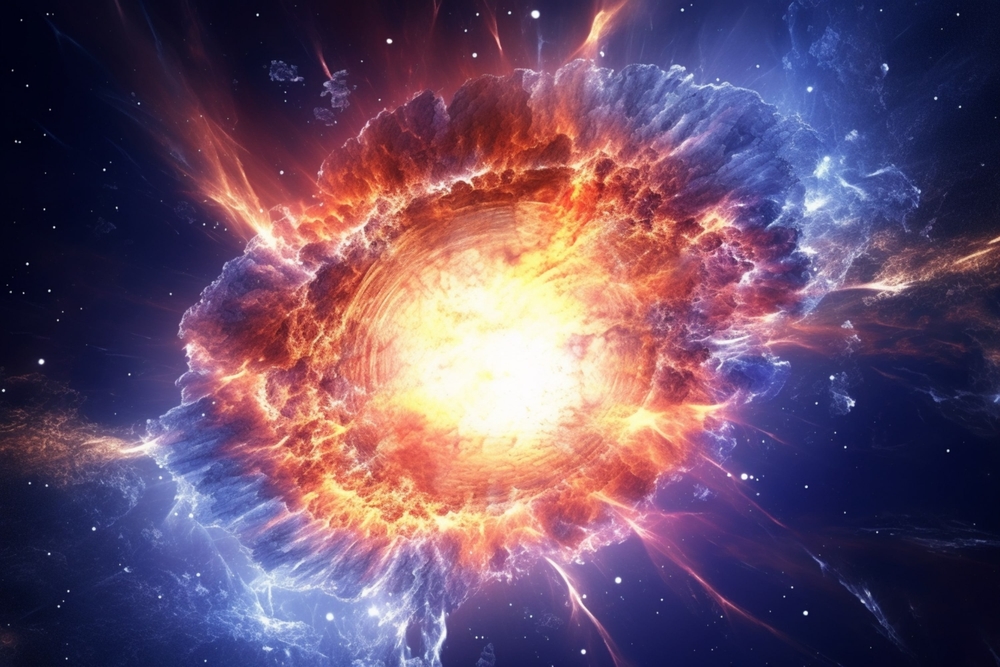
A supernova explosion can outshine an entire galaxy, and if it occurs close enough to Earth, it could sterilize our planet. Stars live vibrant lives, but their dramatic deaths can pose serious threats to nearby planets. Yet, the stars nearest to us are not in any immediate danger of going supernova. This cosmic event might sound like science fiction, but it’s a natural part of the stellar life cycle. So while you sip your matcha latte, rest easy knowing that nearby stars are likely to keep their cool for now.
The main threat from a supernova within 50 light-years would be the intense burst of radiation. This radiation could potentially deplete our ozone layer, similar to gamma-ray bursts. However, astronomers keep a close eye on the sky, and no nearby stars are currently expected to explode. So, while it’s a compelling plot twist for a sci-fi thriller, you’re safe for the time being. Keep those eyes on the stars, but don’t hold your breath.
3. Asteroid Impact
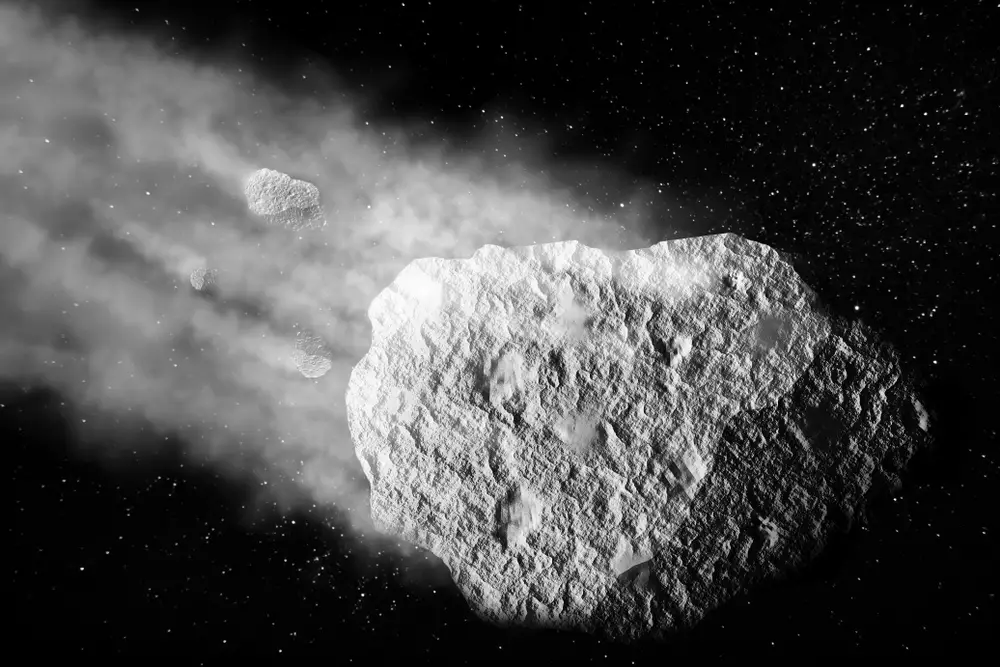
Asteroids have long been the protagonists of doomsday scenarios, but they’re more than just fodder for blockbuster films. Certain asteroids, if they collide with Earth, could cause catastrophic damage and even trigger mass extinctions. NASA has a dedicated program called the Near-Earth Object Observations (NEOO) Program, which tracks these celestial objects. They aim to identify potential threats and develop strategies to prevent collision. So, while you’re planning your next adventure, know that someone’s keeping tabs on these cosmic rocks.
The odds of a significant asteroid impact are low, but the potential consequences are high enough to warrant cautious observation. Scientists are exploring methods like deflection to avert potential impacts. This includes using spacecraft to nudge an asteroid off course, a concept that’s no longer just theoretical. Managing these risks is crucial to ensuring Earth’s continued safety. So while you dream of space travel, know that efforts are underway to keep our home planet secure.
4. Black Hole Pass-Through
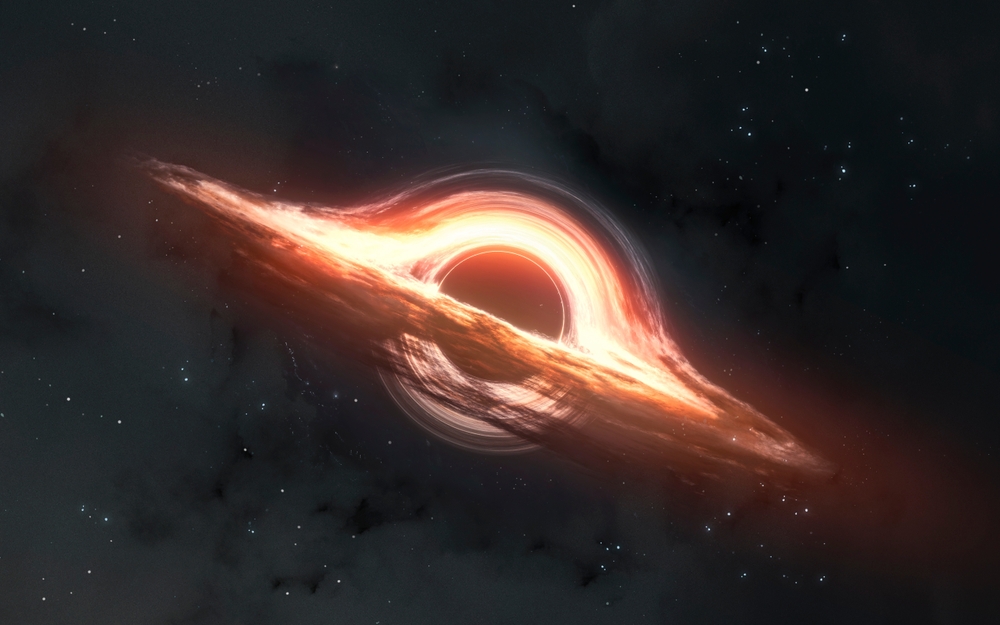
The enigmatic black hole, a cosmic vacuum cleaner, is more mystery than menace due to its rarity and distance. Still, the thought of one passing through our solar system isn’t entirely far-fetched. A black hole could disrupt planetary orbits, leading to catastrophic consequences for Earth. The gravitational forces could potentially tear the planet apart if we were caught in its path. But for now, the universe keeps these celestial giants at a safe distance, leaving us to ponder their allure and danger from afar.
Black holes are fascinating yet terrifying, pulling in anything that strays too close. They form when massive stars collapse under their own gravity, creating points with infinite density. While it’s unlikely a black hole will visit our neighborhood anytime soon, scientists continue to study these phenomena. Understanding black holes is crucial for both theoretical physics and cosmic safety. So, as you admire the night sky, be grateful for the vast distances that keep us out of reach.
5. Rogue Planets

Rogue planets drift through the cosmos, untethered by any star, and have the potential to upset the delicate balance of our solar system. If one were to pass through, it could alter the orbits of planets, including Earth, leading to devastating climate shifts. According to a report by the European Southern Observatory, there could be billions of rogue planets in our galaxy alone. This cosmic ballet of planets and stars is intricate, yet fragile. As you sip your morning coffee, take a moment to appreciate the balance that keeps Earth in its perfect place.
The likelihood of a rogue planet passing through our solar system is slim, but their existence intrigues astronomers. These planetary drifters might offer insights into planetary formation and evolution. While they pose a potential threat, they also ignite curiosity and wonder about the universe’s complexities. Scientists are keenly observing the cosmos, searching for these wandering worlds. For now, the solar system continues its serene dance, undisturbed by cosmic vagabonds.
6. Solar Flares

Solar flares, those fiery bursts from our sun, are both a source of awe and a potential foe. They can disrupt communication systems, power grids, and everyday technology. While they won’t physically annihilate Earth, the societal impact could be profound. These solar events remind us of the sun’s formidable power and our reliance on technology. As you navigate your digital world, remember that its foundations are more fragile than they seem.
The sun goes through cycles of activity, with solar flares being more frequent during periods of high solar activity. Scientists monitor the sun closely, predicting solar storms and helping mitigate their effects. While technology is resilient, a powerful solar flare could still cause significant disruption. The sun remains a life-giving force, but it’s also one that requires respect and vigilance. So while you bask in sunlight, remember the sun’s dual role as both nurturer and potential disruptor.
7. Cosmic Rays

Cosmic rays are high-energy particles that travel through space, and while they’re mostly harmless, a sudden influx could be concerning. They originate from outside our solar system, possibly from supernovae or other cosmic events. An article from Scientific American discusses how cosmic rays can affect Earth’s climate and even contribute to technology glitches. As they collide with the Earth’s atmosphere, they can cause secondary particles that impact us indirectly. While not a direct threat, their subtle influence reminds us of the universe’s pervasive reach.
The Earth’s magnetic field and atmosphere usually protect us from the majority of cosmic rays. However, during periods of weakened magnetic fields, more rays can penetrate, potentially affecting electronics and communications. Understanding these particles helps scientists prepare for potential impacts on technology and health. While cosmic rays are mostly a background concern, their existence underscores the interconnectedness of Earth’s systems with the cosmos. So as you enjoy your favorite gadgets, spare a thought for the cosmic rays silently streaming by.
8. Magnetar Bursts
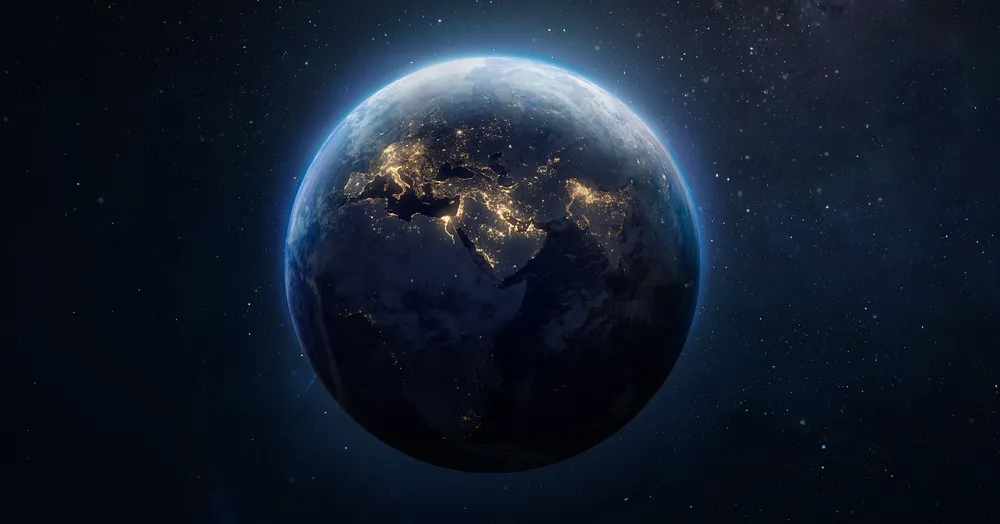
Magnetars are neutron stars with extremely powerful magnetic fields, and they occasionally release bursts of energy. These bursts, if directed at Earth, could disrupt the planet’s magnetic field. Such an event could lead to widespread technological disturbances and even affect human health. While magnetars are rare and far away, their power cannot be underestimated. These cosmic powerhouses remind us of the forces at play in the universe, hidden just beyond the stars we see.
The Earth’s magnetic field acts like a shield, protecting us from various cosmic forces. But a magnetar’s burst could temporarily weaken this shield, leaving us vulnerable. The effects could range from minor technological glitches to significant disruptions in communication and navigation systems. While scientists watch the skies for such phenomena, the unpredictability of space means they remain on our cosmic checklist. As you go about your day, the distant magnetars serve as a reminder of the universe’s unseen power.
9. Comet Collisions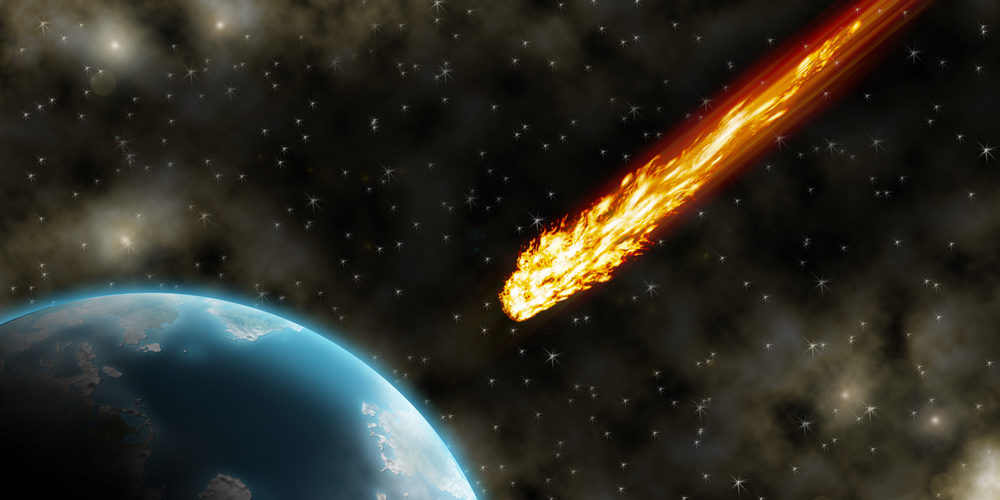 provided by Shutterstock
provided by Shutterstock
Comets, with their iconic tails, aren’t just sights for sore eyes; they can also pose significant threats. A direct collision with Earth could cause major destruction, similar to the asteroid impact that likely ended the dinosaurs. While NASA actively tracks comets, predicting their paths with precision is still a challenge. These celestial wanderers are a captivating part of the cosmos, yet their unpredictability keeps them under close watch. As you admire the beauty of a comet’s glow, remember the potential power hidden in its icy core.
Most comets are harmless, passing by Earth at safe distances, adding to the rich tapestry of cosmic events. They originate from the outer solar system, composed mainly of ice, rock, and dust. Their long, elliptical orbits sometimes bring them close to the sun, and occasionally, Earth. While the risk of a catastrophic collision is low, the consequences warrant continued observation. So while you gaze at the night sky, enjoy the beauty, but keep in mind the vigilance that keeps us informed.
10. Solar System Instability

The solar system operates like a finely tuned machine, but what if something disrupted that harmony? The gravitational dance between planets is delicate, and a small change could lead to chaos. If a massive object wandered into our solar system, it could alter planetary orbits, leading to catastrophic climate changes on Earth. This cosmic juggling act keeps everything in balance, a reminder of the intricate mechanisms at play. As you revel in the stability of your everyday life, take a moment to appreciate the cosmic order that supports it.
While the current configuration of planets is stable, simulations suggest that minor perturbations could have dramatic effects. The gravitational pull between planets maintains this stability, with each celestial body playing its part. Any disruption could cause domino effects, impacting Earth’s orbit and climate. Scientists continue to study these dynamics, ensuring our understanding of cosmic interactions remains robust. In a universe full of variables, the solar system’s stability is a comforting constant.
11. Coronal Mass Ejections
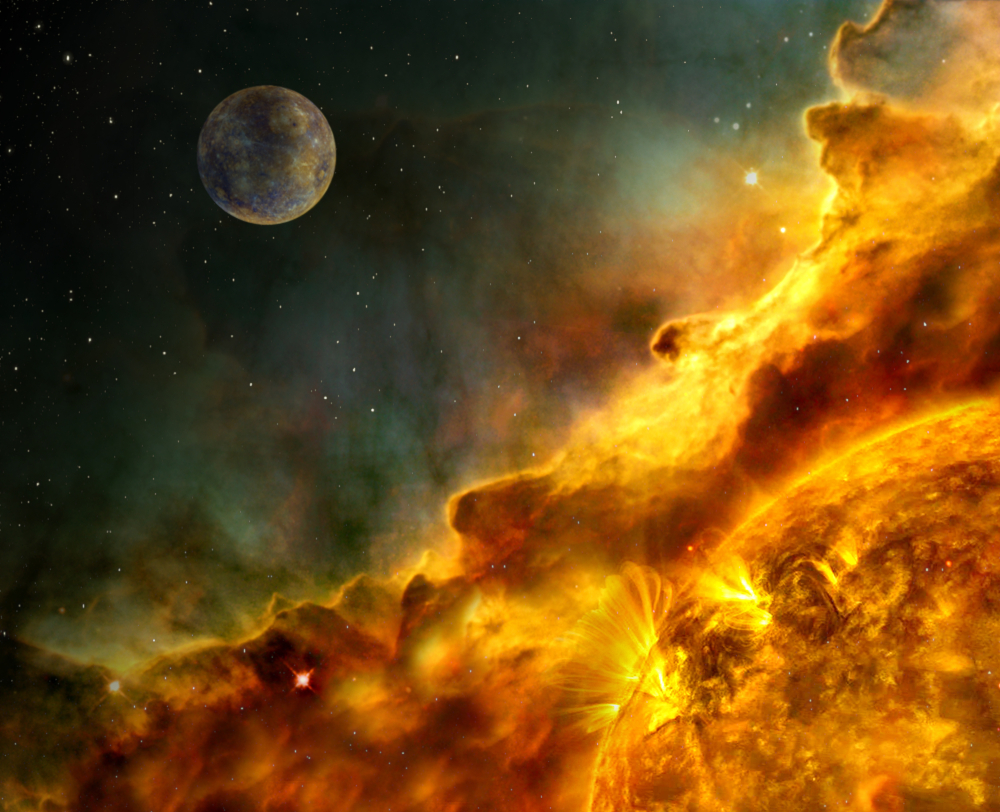
Coronal mass ejections (CMEs) are massive bursts of solar wind and magnetic fields rising above the solar corona. When directed toward Earth, they can disrupt communications, navigation systems, and even power grids. While not directly life-threatening, the societal impacts could be significant, affecting infrastructure globally. Scientists monitor the sun’s activity, predicting these solar storms to mitigate their effects. As you rely on technology for daily tasks, remember that the sun’s temperament is a variable we must respect and prepare for.
CMEs are a natural part of the sun’s cycle, often associated with solar flares and sunspots. When they interact with Earth’s magnetic field, they can cause geomagnetic storms. These storms might result in beautiful auroras, but also pose risks to satellites and power systems. The interconnectedness of modern technology means that even a brief disruption can have widespread consequences. So as you enjoy the conveniences of the digital age, keep in mind the cosmic forces at play.
12. Galactic Collisions
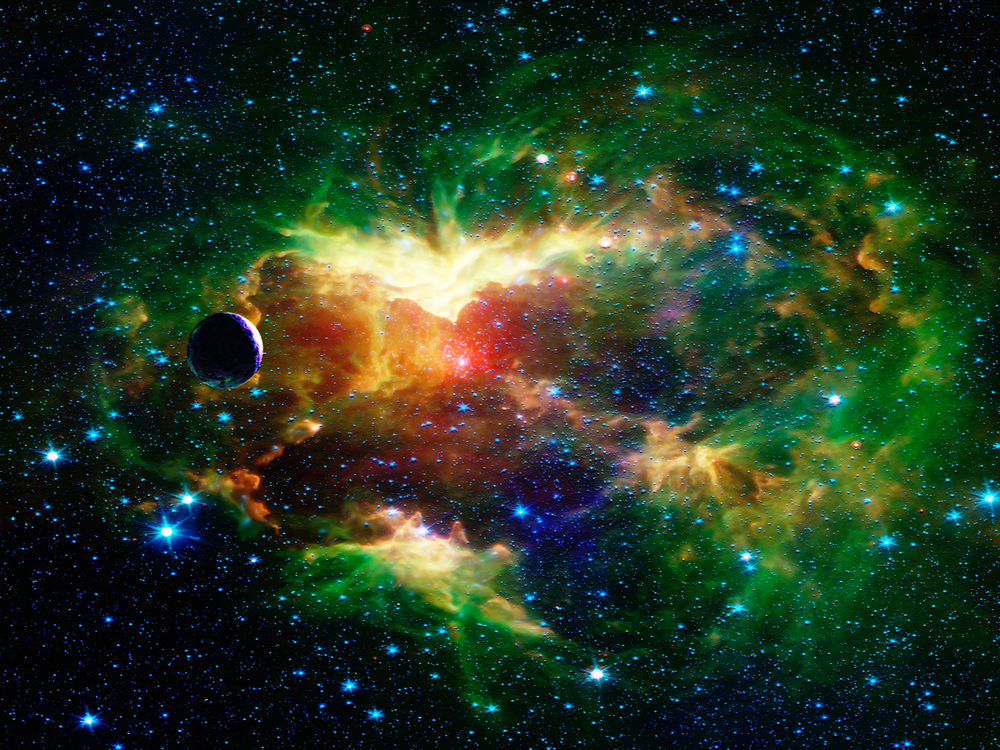
Galaxies aren’t just static clusters of stars; they’re on the move, and sometimes they collide. Our Milky Way is on a collision course with the Andromeda galaxy, although this cosmic meetup is billions of years away. When galaxies collide, stars and planets can be tossed about, potentially affecting life on any inhabited worlds. The thought of such a grand event stirs up a mix of awe and anxiety, even if it’s a distant concern. In the grand timeline of the universe, these massive events provide perspective on our place in it.
While a galactic collision sounds catastrophic, it’s more of a celestial dance than a demolition derby. Stars are so far apart that direct collisions are unlikely, but gravitational interactions can disrupt orbits and potentially form new stars. The merging process can take millions of years, reshaping both galaxies in the process. Scientists study nearby galactic mergers to understand these dynamics and prepare for our distant cosmic future. So while it’s not an immediate threat, it’s a reminder of the ever-evolving universe we inhabit.
13. Vacuum Decay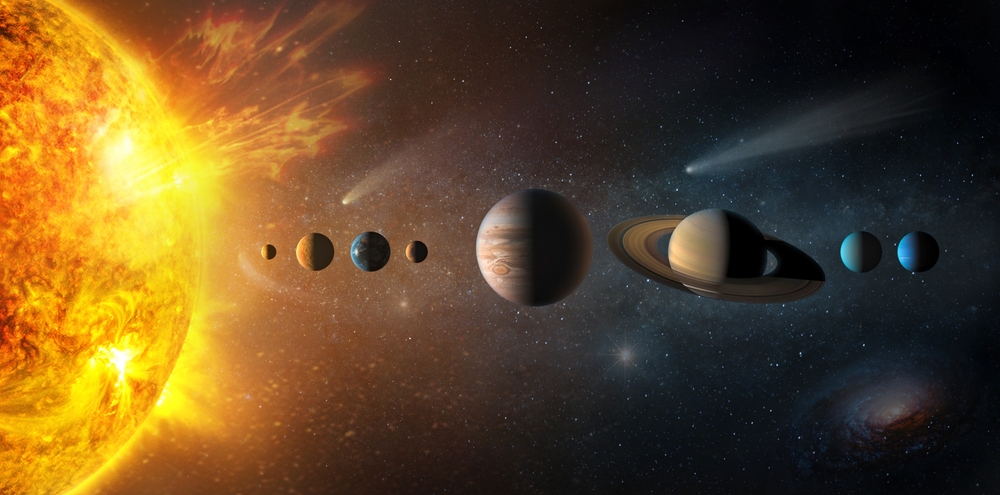 provided by Shutterstock
provided by Shutterstock
Vacuum decay is a theoretical event that suggests a tiny bubble of “true vacuum” could form and expand at the speed of light, erasing everything in its path. It’s a hypothesis derived from quantum field theory, positing that the universe’s current state isn’t the most stable. While purely speculative at this point, the idea is a fascinating and slightly terrifying thought experiment. The universe might have a surprise script hidden in its folds, one that outpaces any current cosmic threat. In pondering such abstracts, you gain a deeper appreciation for the delicate fabric of existence.
The concept of vacuum decay is a reminder of the limits of human understanding when it comes to the cosmos. Scientists continue to explore these ideas, pushing the boundaries of physics and cosmology. It’s a humbling reminder of the vast unknowns that lie beyond our measurable universe. While it’s not something to lose sleep over, contemplating such possibilities expands our cosmic perspective. As you live your day-to-day life, the mysteries of the universe continue to unfold, challenging and inspiring in equal measure.
